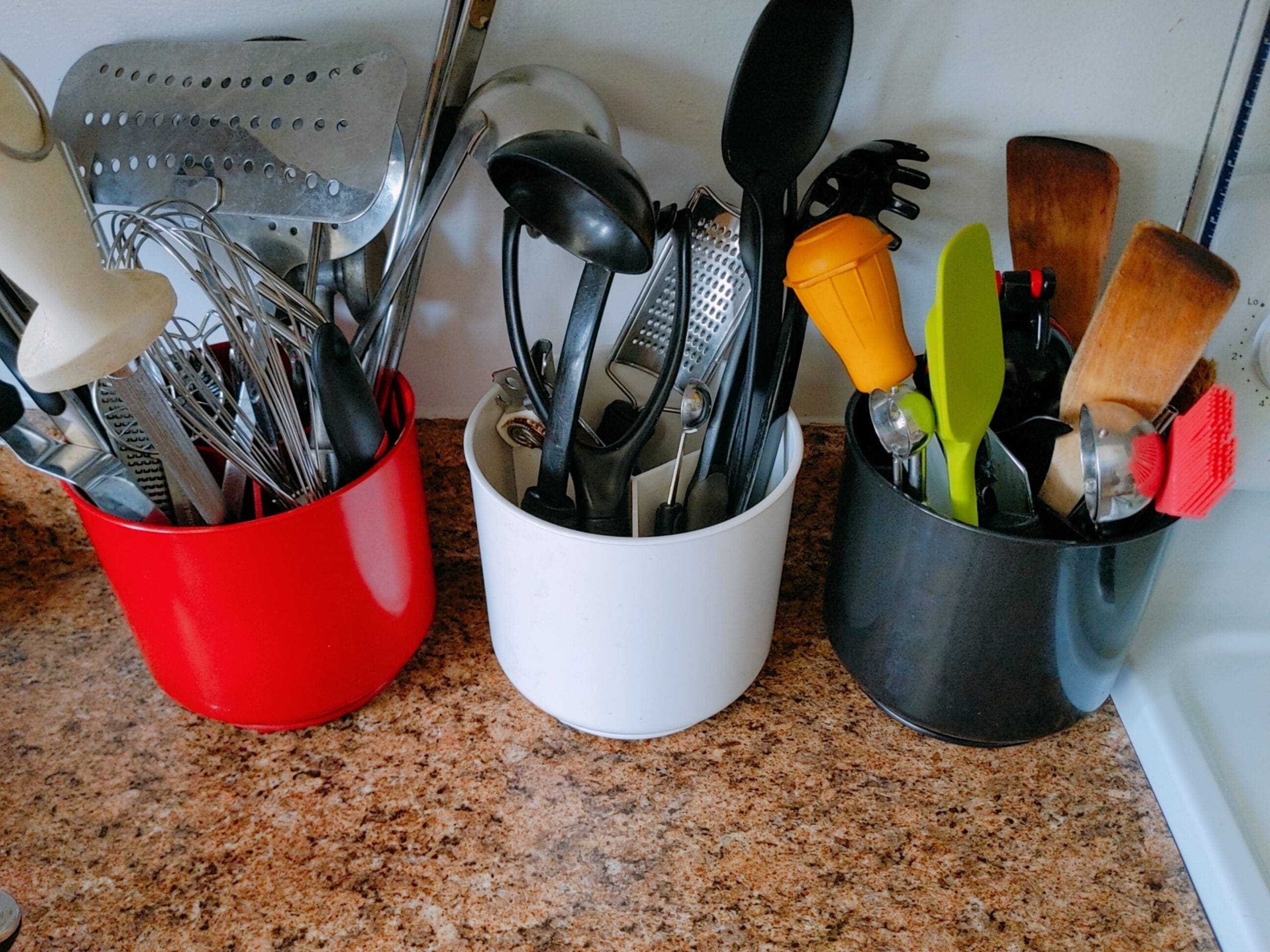Tay’s Bipolar Kitchen is a participant in the Amazon Services LLC Associates Program, an affiliate advertising program designed to provide a means for sites to earn advertising fees by advertising and linking to Amazon.com.
Stocking Series
There are so many innovative and fun kitchen utensils; it easy to get carried away and sometimes lost. Do you need a metal or plastic spatula? Perhaps both? What’s the deal with spring-loaded tongs? Refer to this guide when it the time comes to pick up new kitchen utensils. However, there are a few things to consider before you start loading things into your cart. Let’s quickly go over them.
When selecting kitchen utensils, make sure you have room to store them. Kitchen counter and drawer space have limitations. You do not want to come home, as I have before, with bags of new utensils only to realize there is no room to store them. There are many creative ways to free up room. I opted for an enormous swivel kitchen utensil holder from Cooler Kitchen. I purchased three of them in red, black, and white.
Next, consider how much you would actually use the item. If you are like me, you’ll want every kitchen utensil out there. For the most part, I use most of the utensils pretty regularly. Nonetheless, that may not ring true for everyone. Ask yourself, will this item get enough use to make it worth the cost?
A good example is a candy thermometer. While I am a massive fan of using digital instant-read thermometers to get the perfect doneness level, I do not often make candy. When I do, I usually do not need a candy thermometer. If you plan on making homemade candy, this is the only way to go! I’ll be going over thermometers when I write about kitchen tools for the Stocking Series. Instead of getting every tool that catches your eye, like myself, think about getting useful quality items you often use, such as spatulas and slotted spoons.
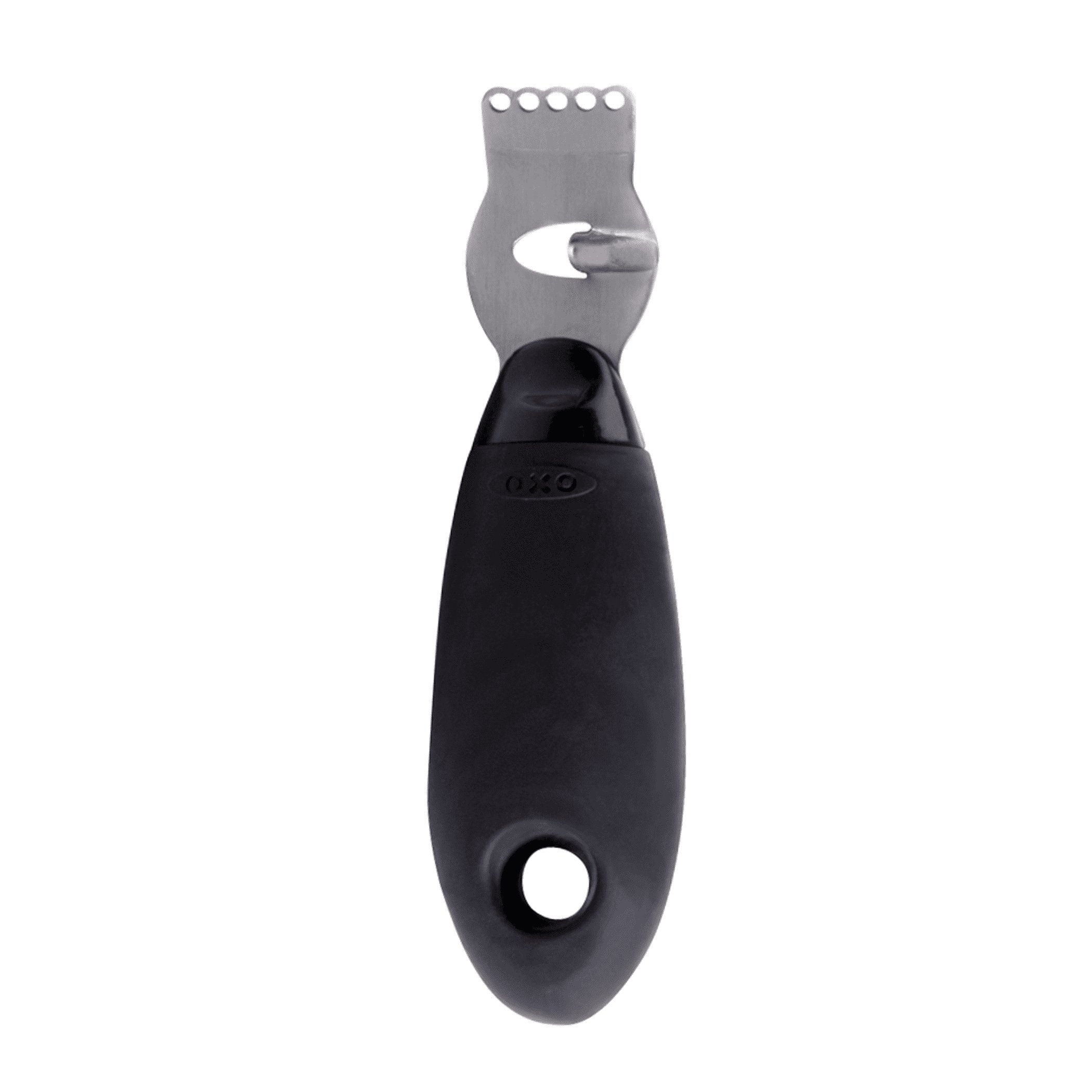
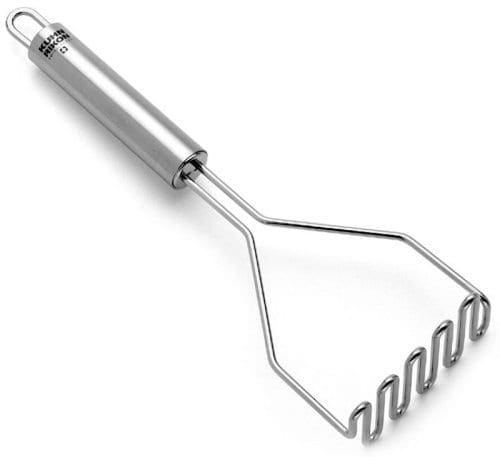
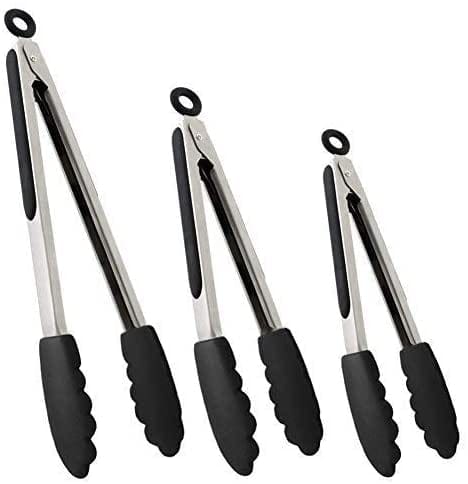
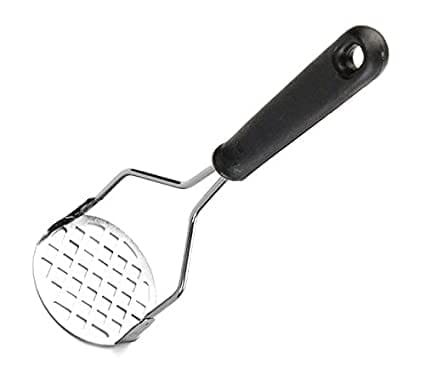
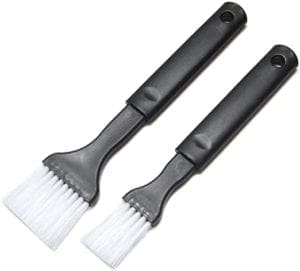
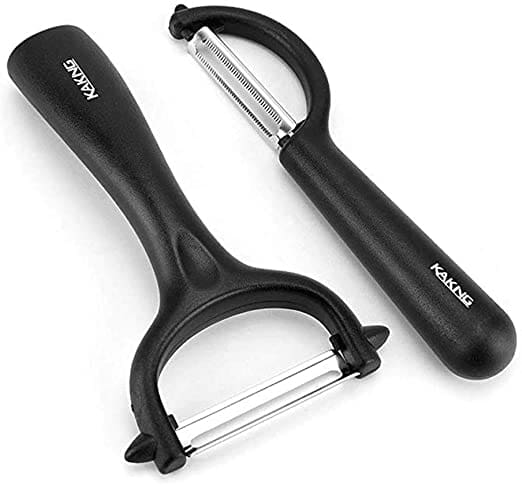
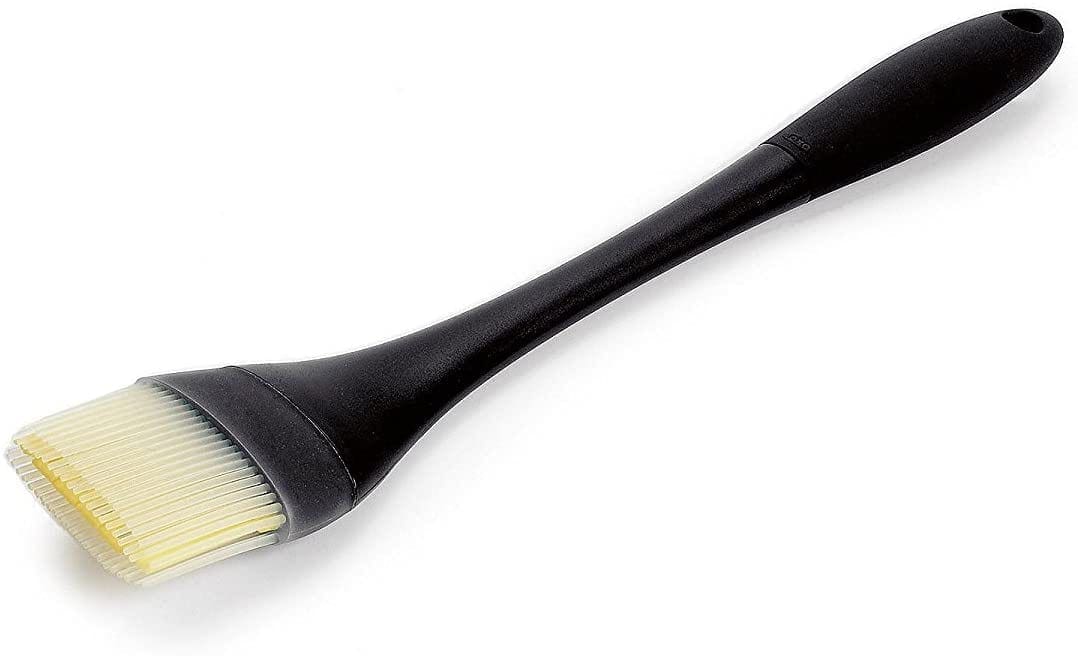
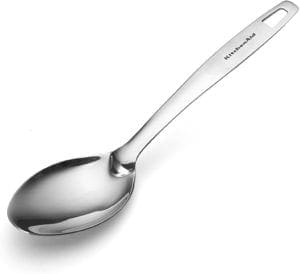
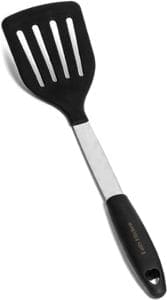
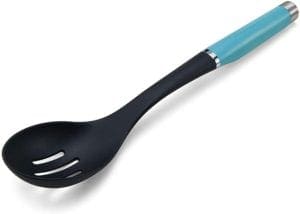
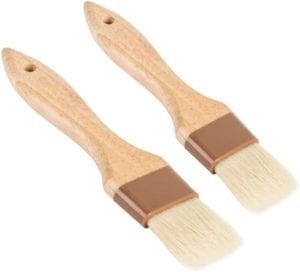
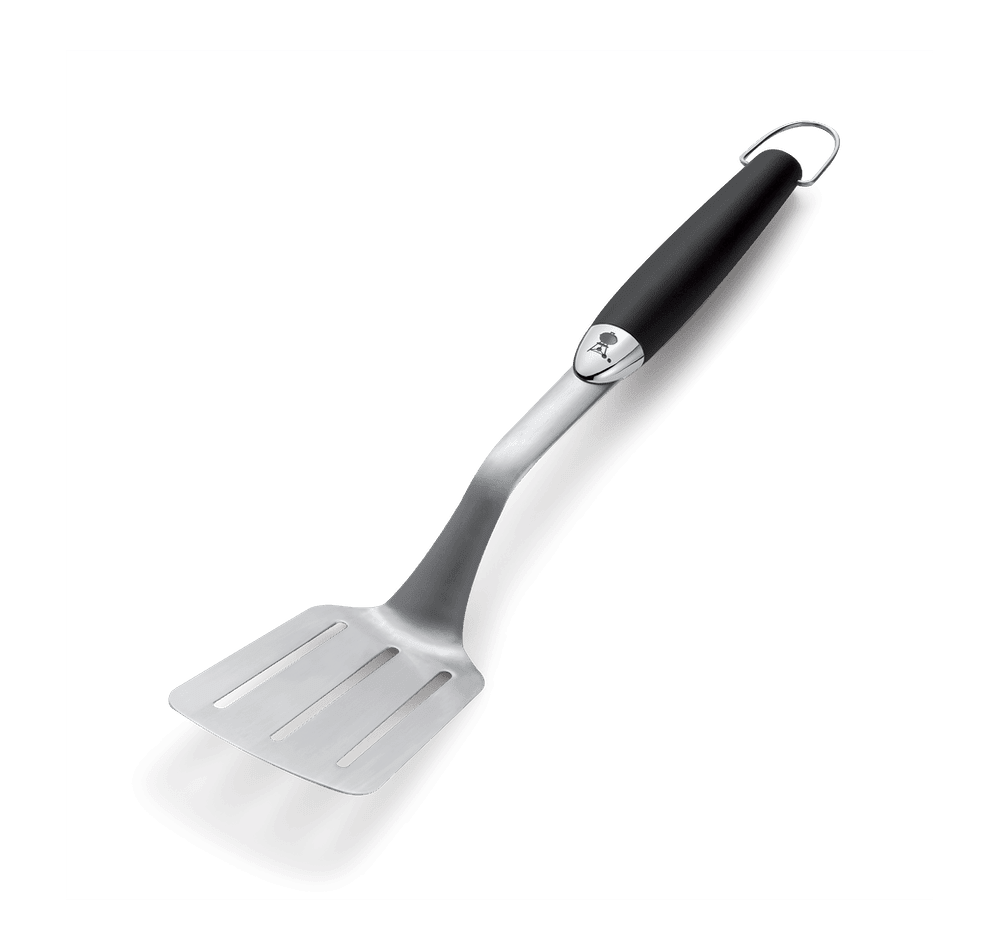
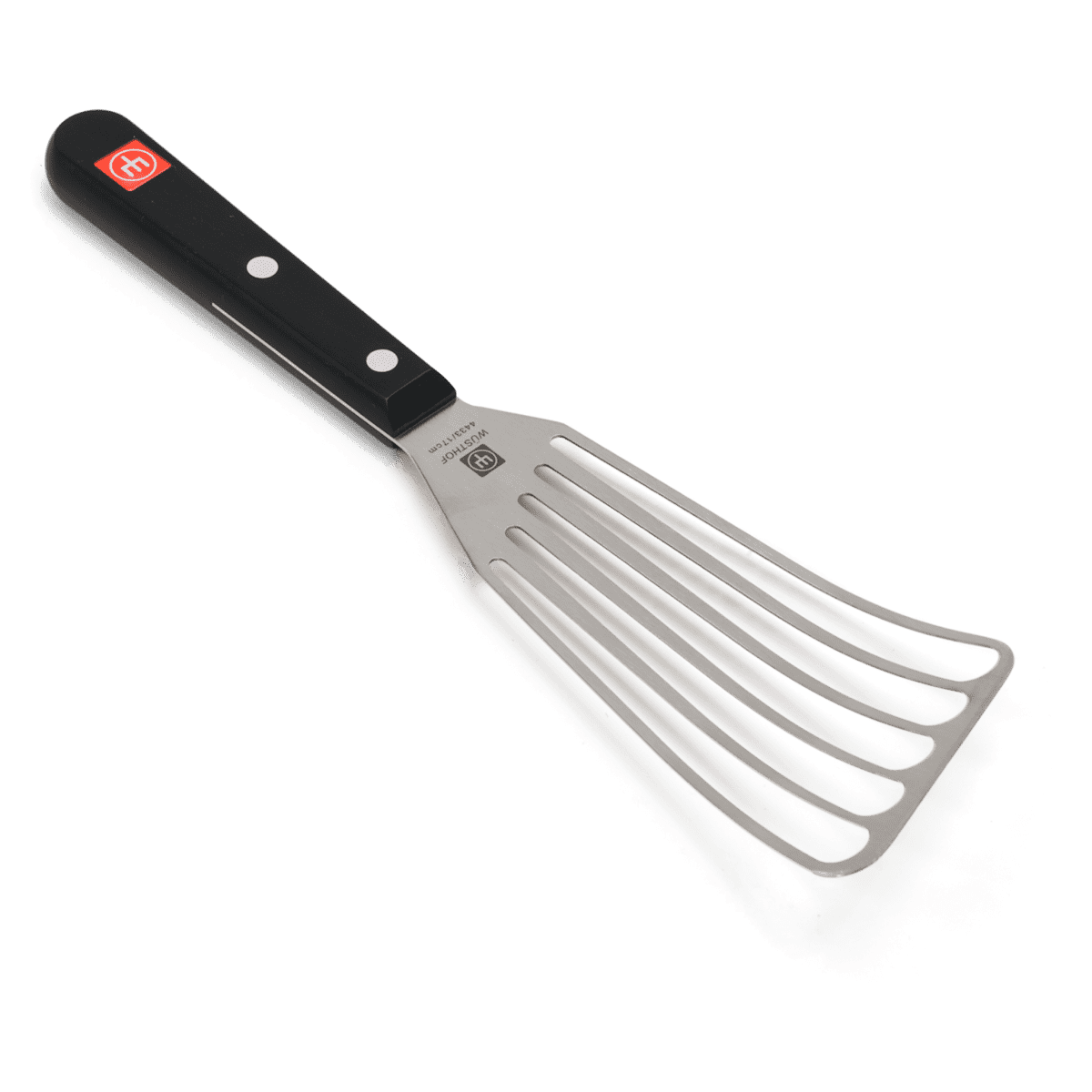
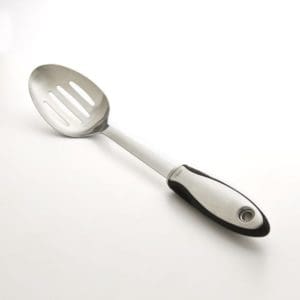
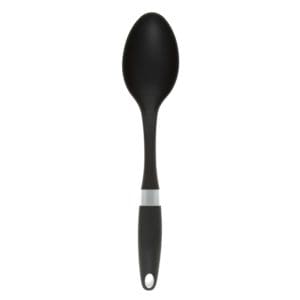
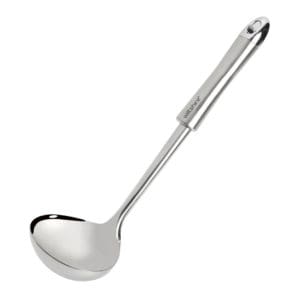
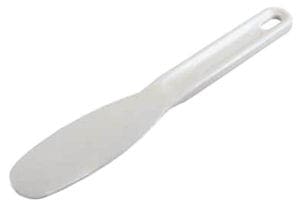
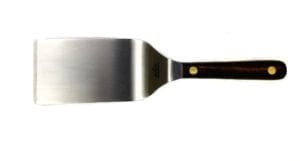

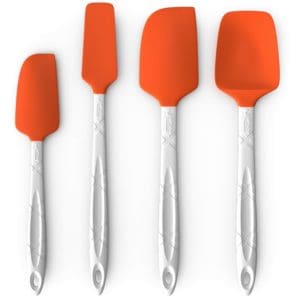
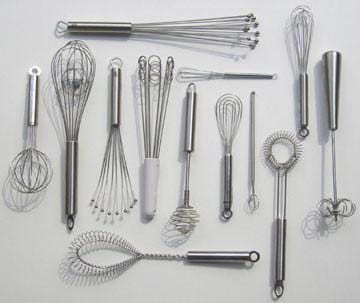
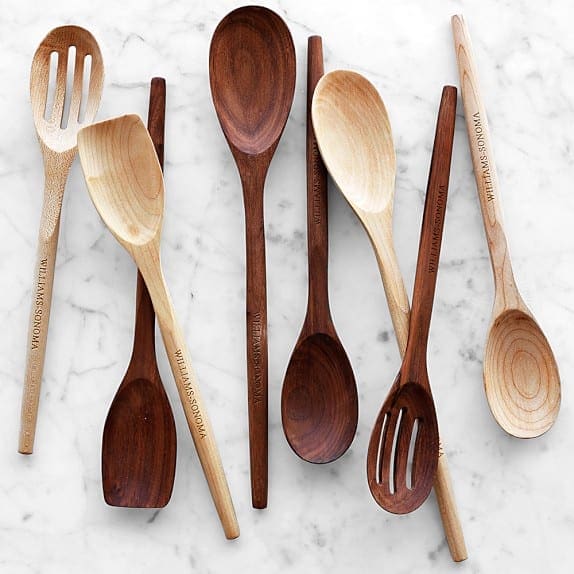
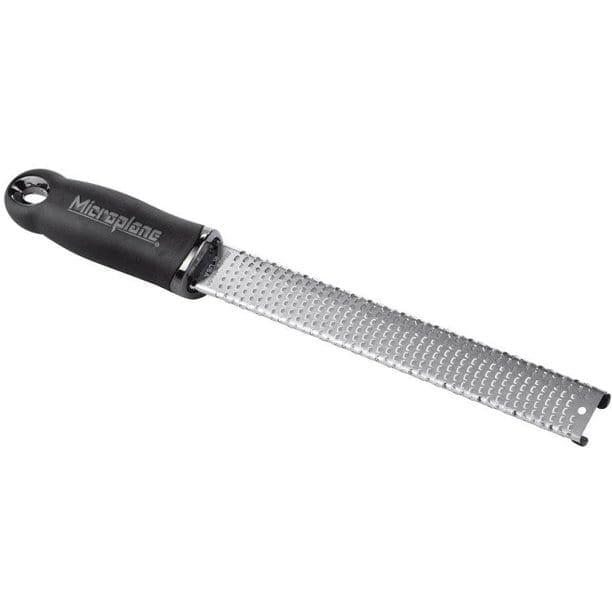
Kitchen Utensils
The point of this list is to help you create a functional kitchen space. Keep in mind your mileage will vary. For this guide, I am ditching the tier system I usually use in the Stocking Series. The main difference between the tiers would be multiple quantities and varying materials of the kitchen utensils. Each utensil is linked to information about different types. There is so much useful information online that there is no need to reinvent the wheel completely. Feel free to add kitchen utensils that are specific to the type of cooking you do most often. Some ethnic cuisines may require tools that the “typical” American home cooks may not readily use. As always, feel free to make adjusts as you see fit.
Vegetable peelers – Y, swivel, and speed are the most used peelers.
Spring-loaded tongs – an absolute must for so many culinary applications. I suggest getting varying sizes and materials but make sure they are locking. Locking tongs can help save space.
Solid spoon – This kitchen utensils, one of the most used in the kitchen, without a doubt.
Slotted spoon – Having at least 2 of these is a must. On coated and glass cookware, stick with wood or silicon to avoid scratching. Stainless steel can be used on uncoated cookware.
Spatulas – There are many types of spatulas for various uses.
Offset – Most often used to ice cakes; however, its shape makes it easier to spread batters evenly in their pans.
Turner – You may have seen these at your favorite burger joint. They are made with a thin lip to get under food. They are also suitable for smashing food as well, like a grilled cheese.
Rubber – These come in a variety of sizes. They are useful for folding batters and scraping down the sides of a bowl. Some use them when cooking eggs. Just keep in mind since it is rubber, it can melt.
Fish – If you ever struggled to turn over a fish fillet without breaking it, then this one is for you. It is thin and flexible, yet still pretty sturdy.
Whisk – I can make a case for having each of these whisks.
Tiny – This one is great for smaller amounts. The flat whisk is for your sauces and gravies.
Balloon – This is the most common whisk. It is the workhorse of the group since it can handle a lot of volume at once.
French – Like the balloon whisk, this kitchen utensil pulls its weight around the kitchen. Great for getting into tight spaces of a bowl, getting the lumps out of batters, as well as stirring things like grits.
Masher – There are two main types of mashers: one with a single wire and another with several holes. Depending on your mashing and the consistency you want to achieve, it might be a good idea to have both types.
Basting brush – These come in nylon, silicone, and natural (boar’s hair).
Ladle – A ladle is good for more than just serving; they are also great at portioning. Consider getting a couple of different sizes and shapes.
